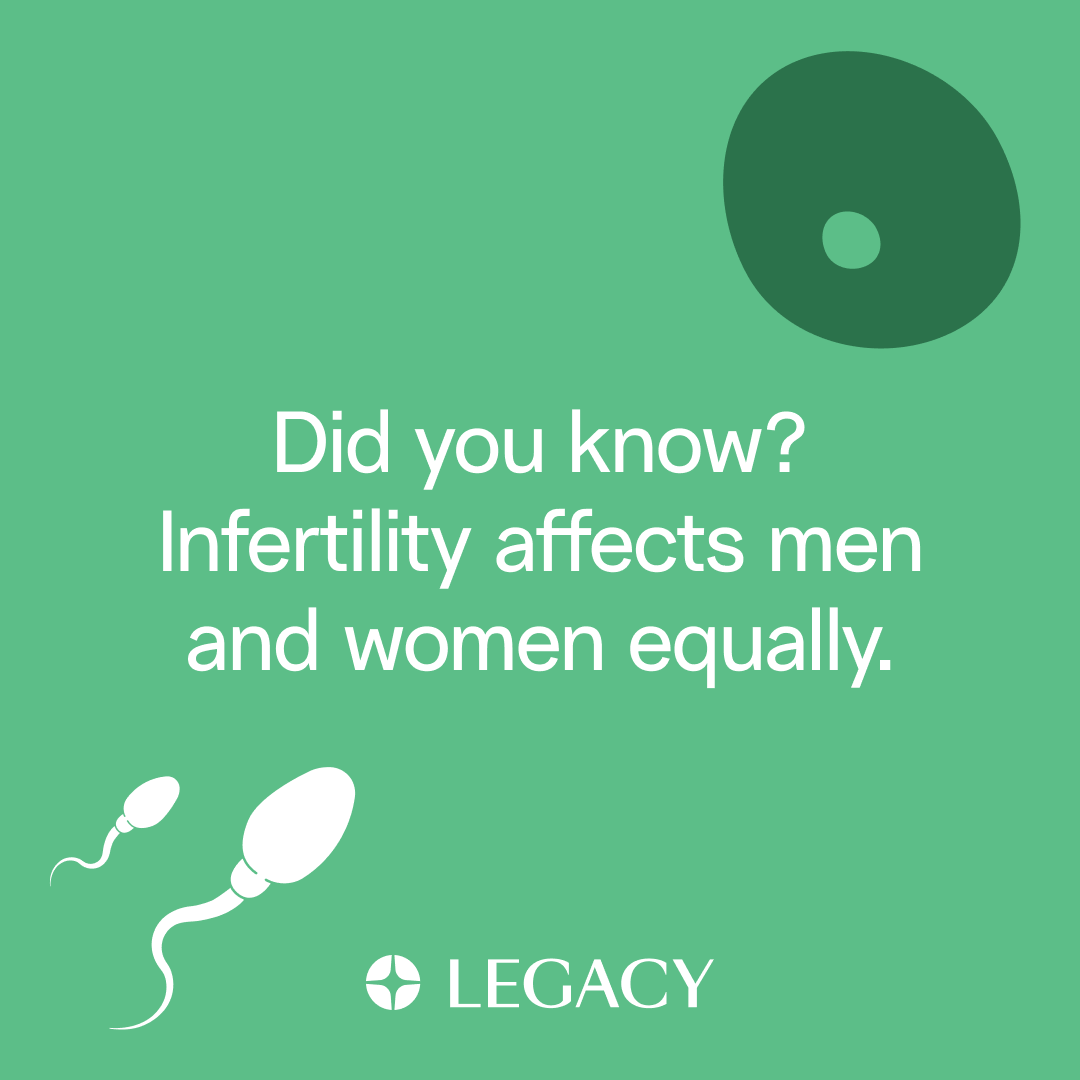Congrats on freezing your eggs! You may now be ready, or starting to think about, the next step in your family-building journey: creating embryos from those frozen eggs. Before getting started, it’s helpful to understand the process and your options.
Choosing the clinic
Your geographic location and overall preferences for what you want in a fertility clinic may have changed since you froze your eggs. Keep in mind that you always have the option to transport or ship your eggs to a new clinic and make embryos at a different clinic than where you froze your eggs. Note: Not all fertility clinics accept eggs from other clinics. They may require a review of the methods on how your eggs were frozen. While this may add another step in the process, all women should be aware that they have options when choosing their IVF clinic and are not mandated to do IVF where they froze their eggs.
Selecting the sperm source
Next up you will need to decide if you’ll be using sperm from your partner or a donor. A donor can be a known donor (e.g. a friend or acquaintance) or from a sperm bank. You’ll want to make sure both you and the sperm source have undergone genetic testing, including a carrier screen which looks to see if you’re a carrier for specific genetic disorders, and possibly a karyotype which looks at the structure of your chromosomes to see if there are abnormalities referred to as translocations. Although not exhaustive, these tests are fairly comprehensive and can help you understand if you’re at risk for having a child with specific genetic disorders and if Preimplantation Genetic Testing (PGT) is something you want to pursue.
Thawing your frozen eggs
While embryos are usually frozen individually, we tend to freeze eggs in groups of two to three. Because of this, they’re also thawed in increments of two to three. There’s a few factors that influence how many eggs should be thawed, such as how many eggs you have frozen and how old you were at the time of retrieval and freezing. It is also important to consider and discuss your family planning goals with your provider. If you thaw and use all your eggs in one cycle and only get one child, you may not have embryos left for a second child — and retrieving more eggs might be harder later due to age or health changes.
SAVE 15% with code FREEZEHEALTH on all Legacy products
Unlike embryos, eggs are a single cell, and because of that, they don’t always tolerate the thawing process as well. When looking at the egg thaw data - for every 10 eggs frozen, you can expect between 8 and 9 to survive. Generally, if patients have 10 or fewer eggs frozen, it’s recommended to thaw them all. There may be instances where you elect not to thaw all of your eggs – for example, if you don’t want to use all of your eggs to create embryos with the same sperm source. What to do with unused eggs/embryos is another important consideration. If you choose not to use your frozen embryos, you can continue storing them, though this involves ongoing annual storage fees. Depending on the storage facility and its policies, you may also have the option to donate the embryos or have them discarded.
Fertilizing your thawed eggs
Fertilization can be achieved through different methods. In traditional in vitro fertilization (IVF), eggs are placed in a dish with sperm, and fertilization depends on the sperm's ability to penetrate the egg naturally, however when eggs are frozen they must undergo another method, intracytoplasmic sperm injection (ICSI), which involves directly injecting a single sperm into an egg. When eggs are frozen and then thawed, changes to the cell membrane can make natural penetration more difficult. Because ICSI bypasses this challenge, the American Society for Reproductive Medicine (ASRM) recommends it as the standard fertilization method for frozen eggs. After fertilization, the embryologist evaluates the eggs under a microscope to confirm whether fertilization—and embryo development—has occurred.
Using your embryo(s)
Once you’ve made your embryos, you have three options for what’s next: you can implant them without freezing (fresh transfer), you can do genetic testing and freeze them, or you can freeze the embryos without genetic testing. If you want to have a fresh transfer, your fertility specialist has to time the transfer with embryo development. To do this, your body needs to be ready for implantation, which often involves hormones to build the uterine lining appropriately.
If you’re considering PGT, this can be done by removing a small sample of cells for genetic testing before freezing the embryo. This process of preimplantation genetic testing (PGT) will give your doctor information about the embryo’s chromosomes, which, again, may guide future transfer. The third option is to bypass PGT and go straight to freezing the embryos. From here, your embryos can stay frozen for days or years until you decide to use them. By freezing the embryos (whether for PGT or without), it allows some flexibility in the timeline of the transfer - allowing you to focus on the outcome of the egg thaw first and the transfer second.
Whether you choose to create fresh or frozen embryos, there’s no one-size-fits-all approach. The next steps after egg freezing depend on your unique goals, timeline, and personal preferences. Exploring your options with your fertility specialist can help you make informed, confident decisions.
Nidhee M. Sachdev, MD FACOG, is a double board-certified reproductive endocrinologist and infertility specialist based in Orange County, California and co-founded South Coast Fertility Specialists. Dr. Sachdev provides comprehensive fertility care, including IVF, fertility preservation, and reproductive genetics. Known for her highly personal individualized care and commitment to providing her patients with the best outcomes, Dr. Sachdev has helped thousands of individuals and couples achieve their dream of parenthood.
Learn more about South Coast Fertility Specialists’ egg freezing practice on Freeze.
































